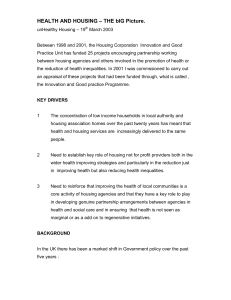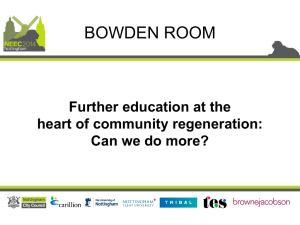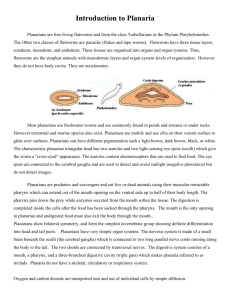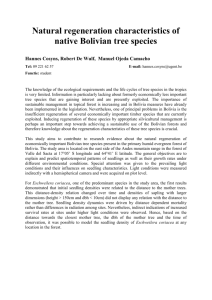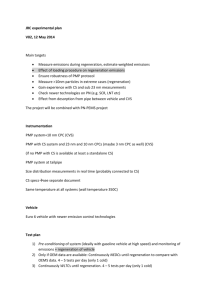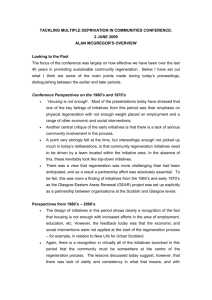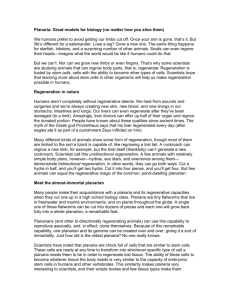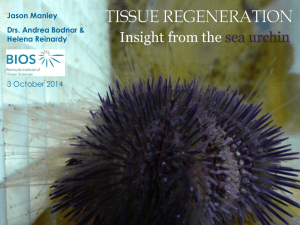Assignment 1 (Word File)
advertisement
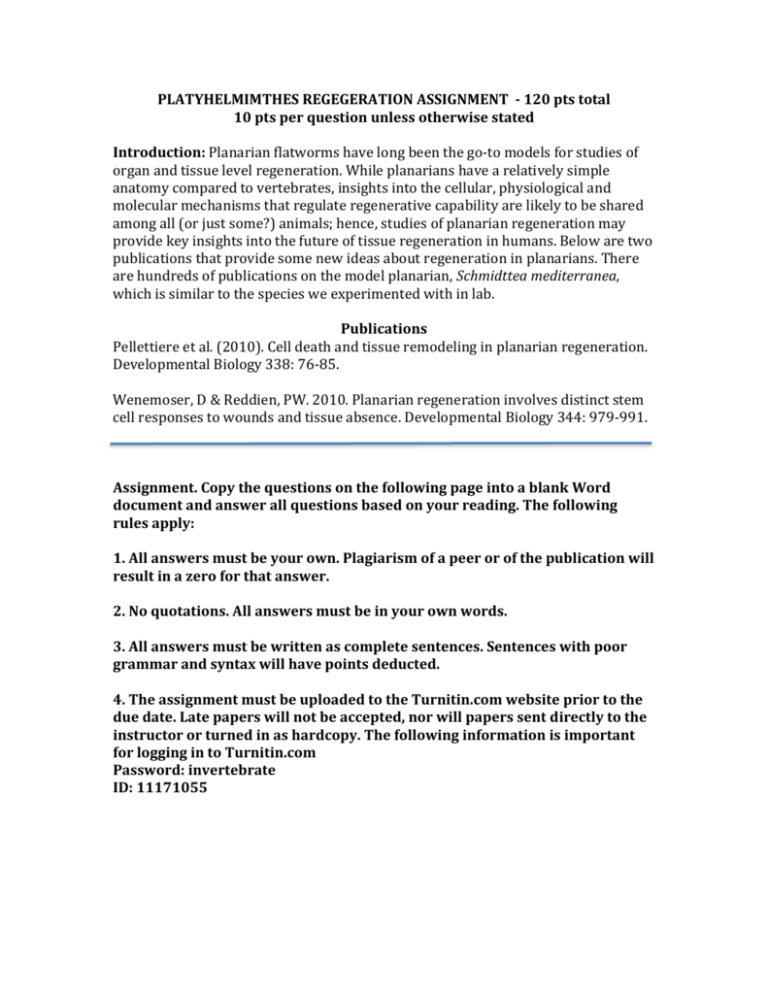
PLATYHELMIMTHES REGEGERATION ASSIGNMENT - 120 pts total 10 pts per question unless otherwise stated Introduction: Planarian flatworms have long been the go-to models for studies of organ and tissue level regeneration. While planarians have a relatively simple anatomy compared to vertebrates, insights into the cellular, physiological and molecular mechanisms that regulate regenerative capability are likely to be shared among all (or just some?) animals; hence, studies of planarian regeneration may provide key insights into the future of tissue regeneration in humans. Below are two publications that provide some new ideas about regeneration in planarians. There are hundreds of publications on the model planarian, Schmidttea mediterranea, which is similar to the species we experimented with in lab. Publications Pellettiere et al. (2010). Cell death and tissue remodeling in planarian regeneration. Developmental Biology 338: 76-85. Wenemoser, D & Reddien, PW. 2010. Planarian regeneration involves distinct stem cell responses to wounds and tissue absence. Developmental Biology 344: 979-991. Assignment. Copy the questions on the following page into a blank Word document and answer all questions based on your reading. The following rules apply: 1. All answers must be your own. Plagiarism of a peer or of the publication will result in a zero for that answer. 2. No quotations. All answers must be in your own words. 3. All answers must be written as complete sentences. Sentences with poor grammar and syntax will have points deducted. 4. The assignment must be uploaded to the Turnitin.com website prior to the due date. Late papers will not be accepted, nor will papers sent directly to the instructor or turned in as hardcopy. The following information is important for logging in to Turnitin.com Password: invertebrate ID: 11171055 1. Describe how you sectioned both of your specimens. Use the proper terminology we used in class to describe the sections. 2. Describe the appearance of your specimens after 9 days (2nd lab) of regeneration. 3. Describe the appearance of your specimens after 2-weeks of regeneration. What is the difference from last week’s observations. 4. Based on where you cut your specimen, what body parts do you expect to regenerate? What about the time course for regeneration? Use the publications as a guide to understand what to expect immediately after the cut and several hours and days after the cut. 5. After dissection, we did not feed the animals so as to prevent bacterial contamination of the water, which might inhibit regeneration. Based on the publications, what do you expect has happened during this period of starvation? 6. Is cell death in planarians due to the presence of neoblasts? 7. Why is cell death necessary during regeneration in planarians? 8. What is the expectation in terms of neoblast response (mitotic proliferation) in a specimen poked with a fine needle versus a small incision cut with a blade? What if the incision is larger (but without loss of body parts)? 9. What type of incision or injury is necessary to induce a 2nd peak of neoblast mitotic activity? 10. What happens if an animal is severely wounded in a region (e.g., the head) where there are no neoblasts? 11. What are S-phase cells and what is the significance of recruiting only S-phase cells to wound sites? (20 pts)

